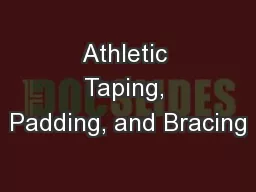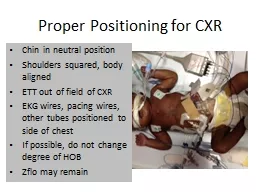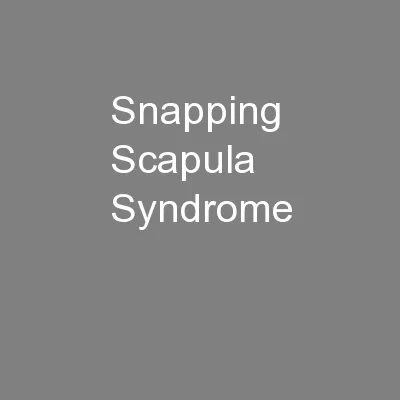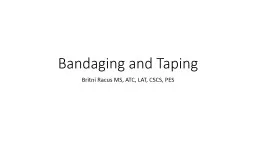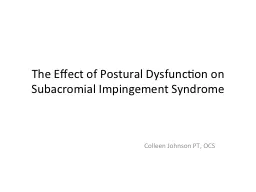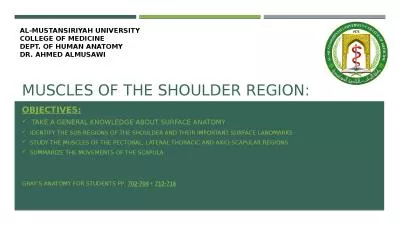PPT-Scapular Taping for Subacromial
Author : terrificycre | Published Date : 2020-08-03
Impingement in Overhead Athletes Capstone Project Matthew Medlin SPT Objectives The learner will demonstrate understanding of basic shoulder anatomy and kinematics
Presentation Embed Code
Download Presentation
Download Presentation The PPT/PDF document "Scapular Taping for Subacromial" is the property of its rightful owner. Permission is granted to download and print the materials on this website for personal, non-commercial use only, and to display it on your personal computer provided you do not modify the materials and that you retain all copyright notices contained in the materials. By downloading content from our website, you accept the terms of this agreement.
Scapular Taping for Subacromial: Transcript
Download Rules Of Document
"Scapular Taping for Subacromial"The content belongs to its owner. You may download and print it for personal use, without modification, and keep all copyright notices. By downloading, you agree to these terms.
Related Documents


